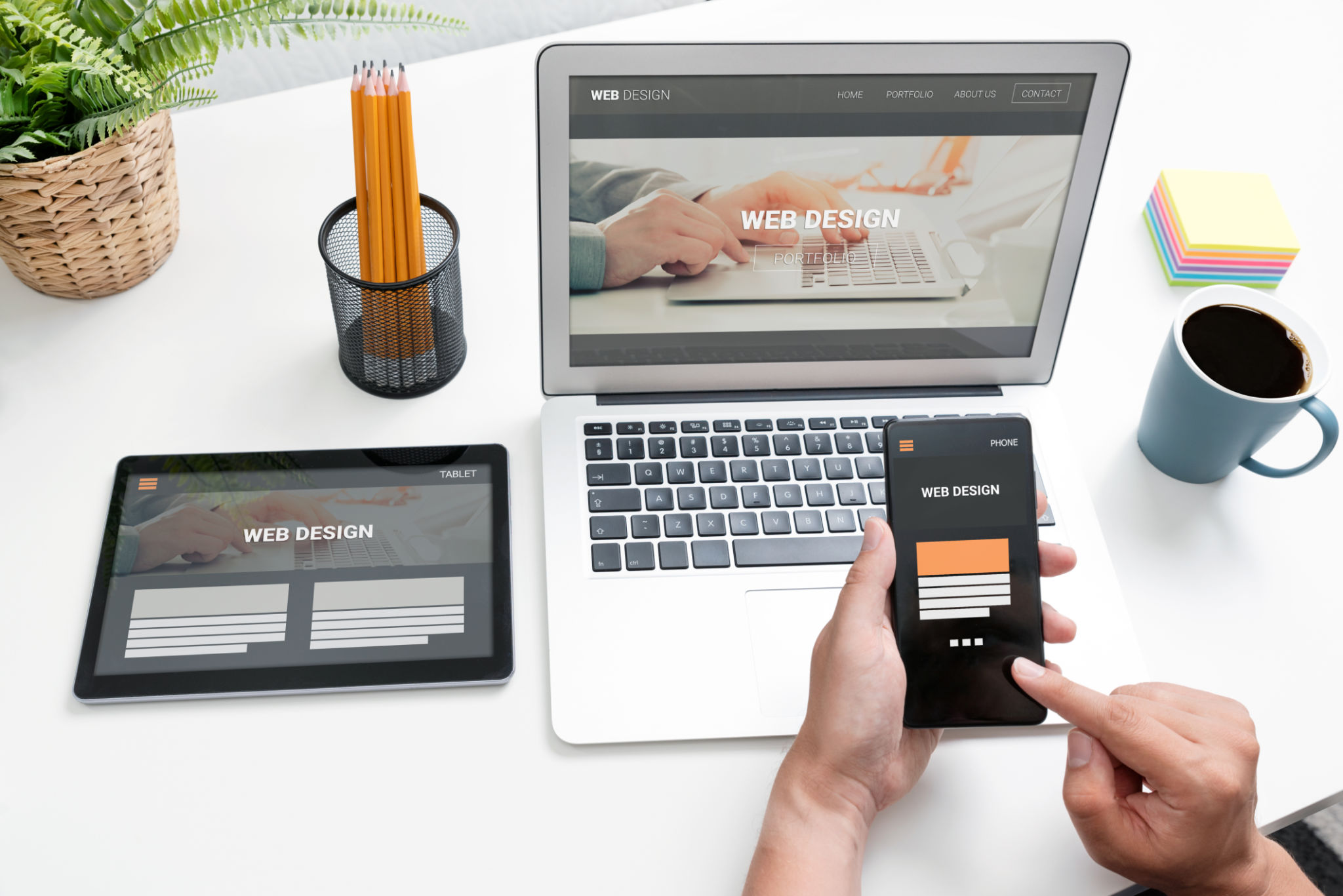Design Trends for Minimalistic Portfolio Websites: What to Know
Understanding Minimalistic Design
Minimalistic design has become a cornerstone of modern web aesthetics, especially for portfolio websites. This design approach emphasizes simplicity, where each element serves a specific purpose. By removing unnecessary components, minimalism allows the content to take center stage, providing a cleaner and more focused user experience.
One of the primary characteristics of minimalistic design is the use of whitespace. Whitespace, or negative space, enhances readability and directs attention to the most important parts of the page. It's not just about removing clutter but creating a harmonious balance between content and empty space.

Typography as a Key Element
Typography plays a crucial role in minimalistic portfolio websites. With fewer design elements, choosing the right fonts becomes even more important. Sans-serif fonts are often preferred for their clean and modern appearance. They provide excellent readability and contribute to the minimalist aesthetic.
In addition to font choice, size and spacing are vital considerations. Larger fonts can be used to create a hierarchy, guiding users through the content naturally. Ample line spacing ensures that text is easy to read, further enhancing the user experience.

Color Schemes and Visual Hierarchy
A minimalistic color palette typically involves neutral tones with occasional splashes of vibrant colors for emphasis. This approach helps maintain a clean look while allowing important elements to stand out. Consider using a monochromatic scheme or a combination of muted colors to create a cohesive and sophisticated design.
Visual hierarchy is essential in directing the user's attention where it matters most. Through strategic use of size, color, and placement, you can guide users effortlessly through your portfolio. This ensures that your work and skills are showcased effectively.
Incorporating Interactive Elements
While minimalism focuses on simplicity, it doesn't mean that interactive elements should be excluded. Thoughtfully designed interactions can enhance the user experience without overwhelming the design. Consider using subtle animations, hover effects, or scroll-triggered elements to add depth and engagement to your portfolio.

Ensuring Mobile Responsiveness
With an increasing number of users accessing websites on mobile devices, ensuring responsiveness is crucial. A minimalistic design naturally lends itself well to mobile screens due to its clean and simple layout. However, it's essential to test your design across various devices to ensure seamless functionality and appearance.
Responsive design not only improves user experience but also positively impacts search engine rankings. By prioritizing mobile-friendliness, you ensure that your portfolio reaches a broader audience effectively.
Conclusion: Embracing Minimalism
Embracing minimalism in portfolio website design can lead to a more professional and impactful online presence. By focusing on essential elements such as typography, color schemes, and interactivity, you can create a site that truly showcases your work without unnecessary distractions.
When done right, minimalistic design allows your skills and projects to shine, making a lasting impression on potential clients or employers. As trends continue to evolve, staying informed about best practices ensures that your portfolio remains relevant and effective.